Nature is full of extraordinary animals that have evolved to thrive in the most extreme environments on Earth. From the scorching deserts to the icy polar regions, these animals showcase the incredible adaptability of life. Here, we explore 15 remarkable animals that can survive in extreme temperatures.
1. Arctic Fox
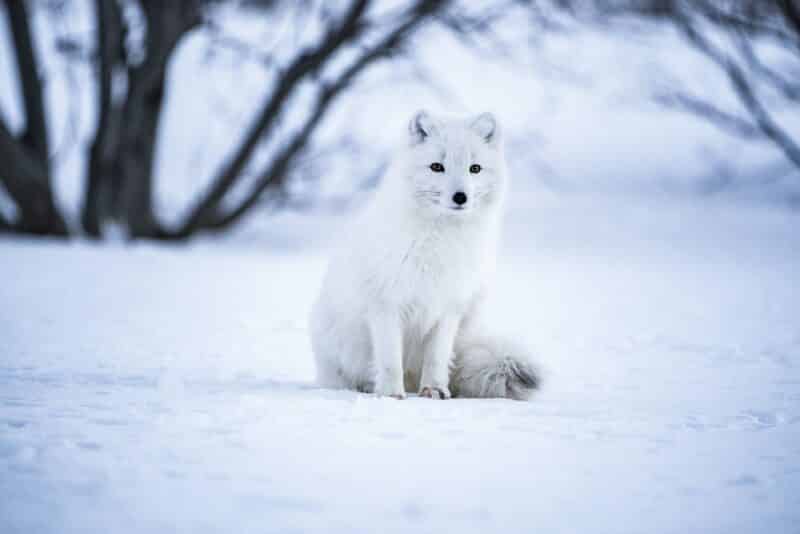
The Arctic fox is well-adapted to the frigid Arctic climate, with thick fur and a compact body that minimizes heat loss. It can endure temperatures as low as -58°F (-50°C).
2. Desert Tortoise
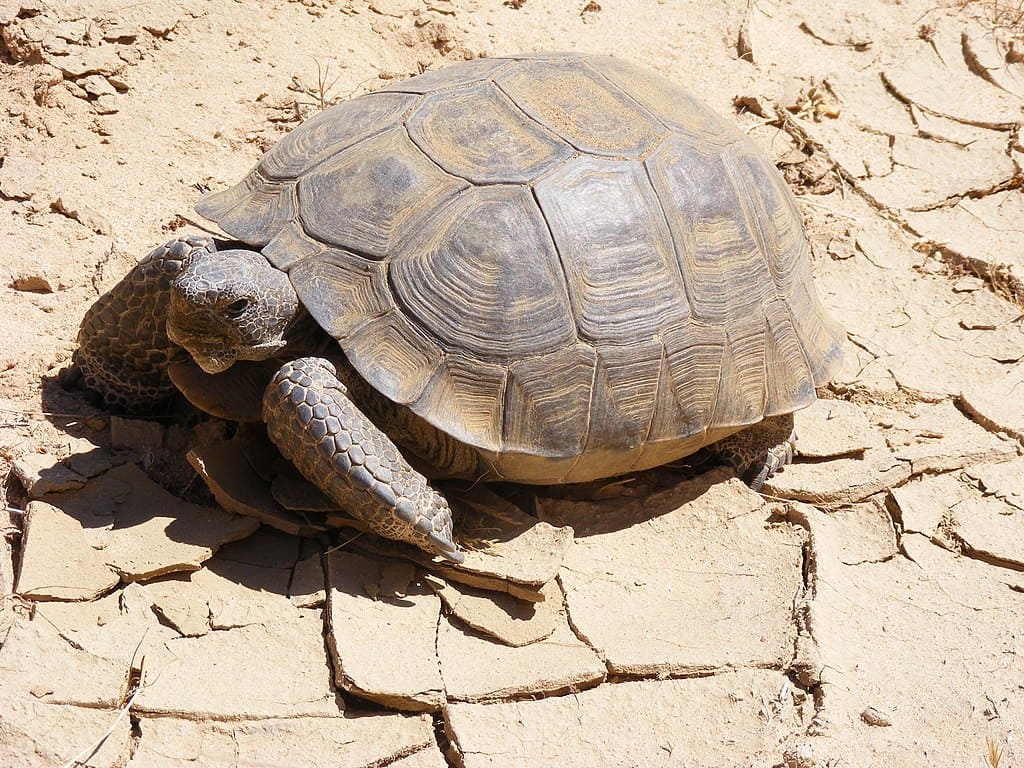
Desert tortoises can survive the intense heat of the southwestern United States, using burrows to escape temperatures that can exceed 140°F (60°C). They also have the ability to store water for long periods.
3. Emperor Penguin
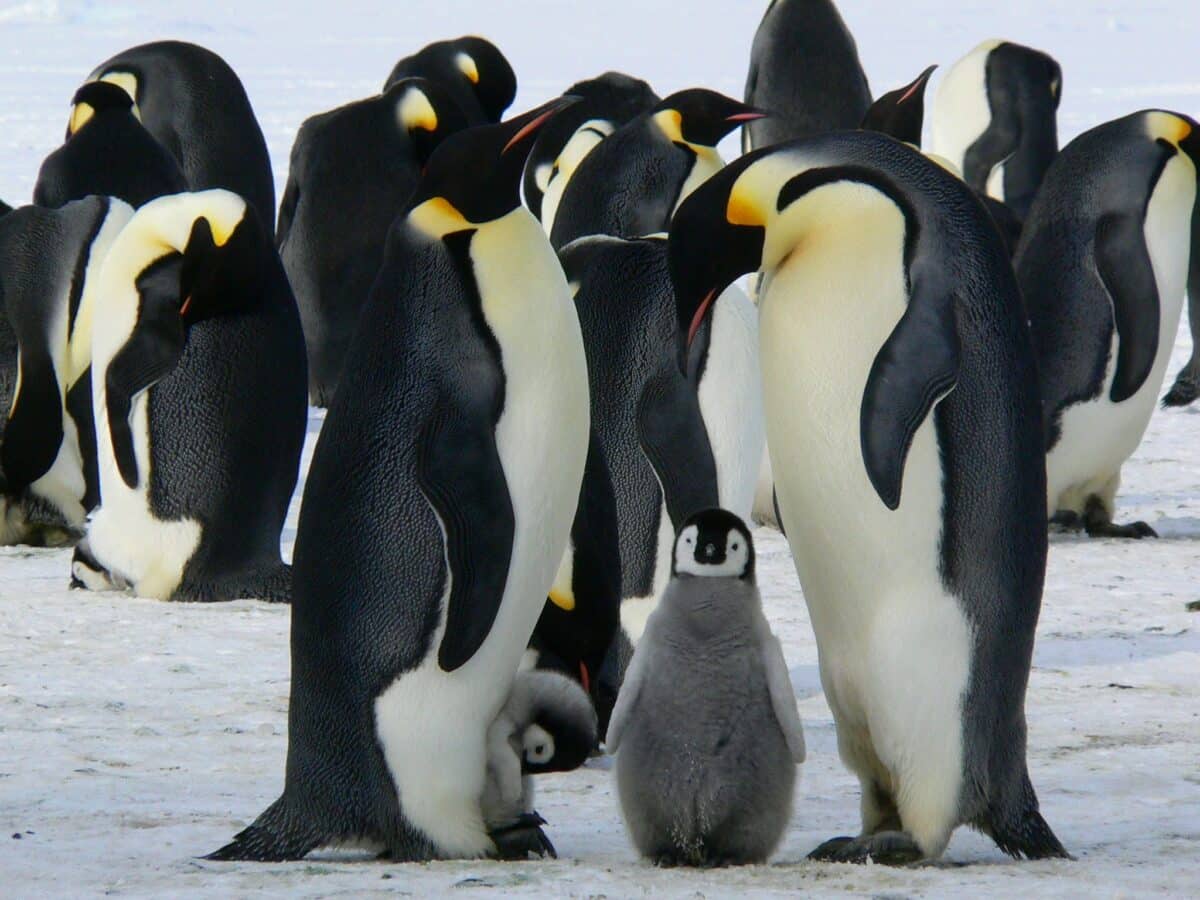
© Pixabay: https://www.pexels.com/photo/penguins-standing-on-the-snow-during-daytime-52509/
Emperor penguins brave the harsh Antarctic winters, with temperatures dropping to -76°F (-60°C). They huddle together in large groups to conserve warmth.
4. Fennec Fox
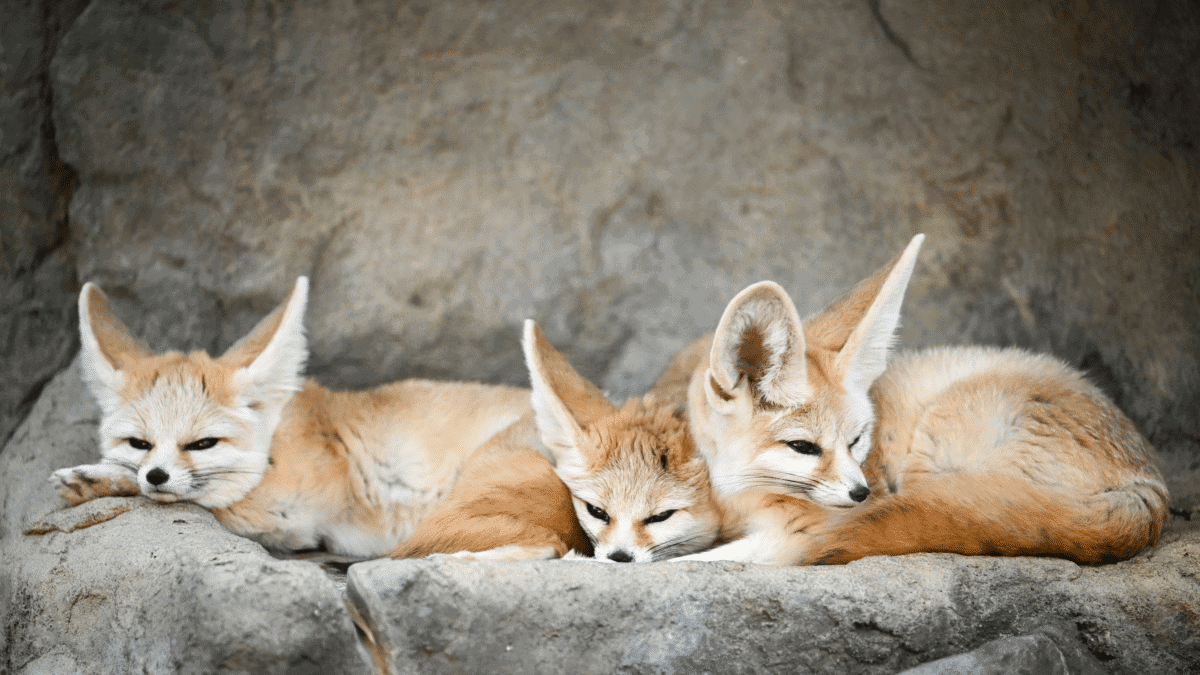
The fennec fox lives in the Sahara Desert, where daytime temperatures can soar above 120°F (49°C). Its large ears dissipate heat, and it stays cool by being nocturnal.
5. Yak
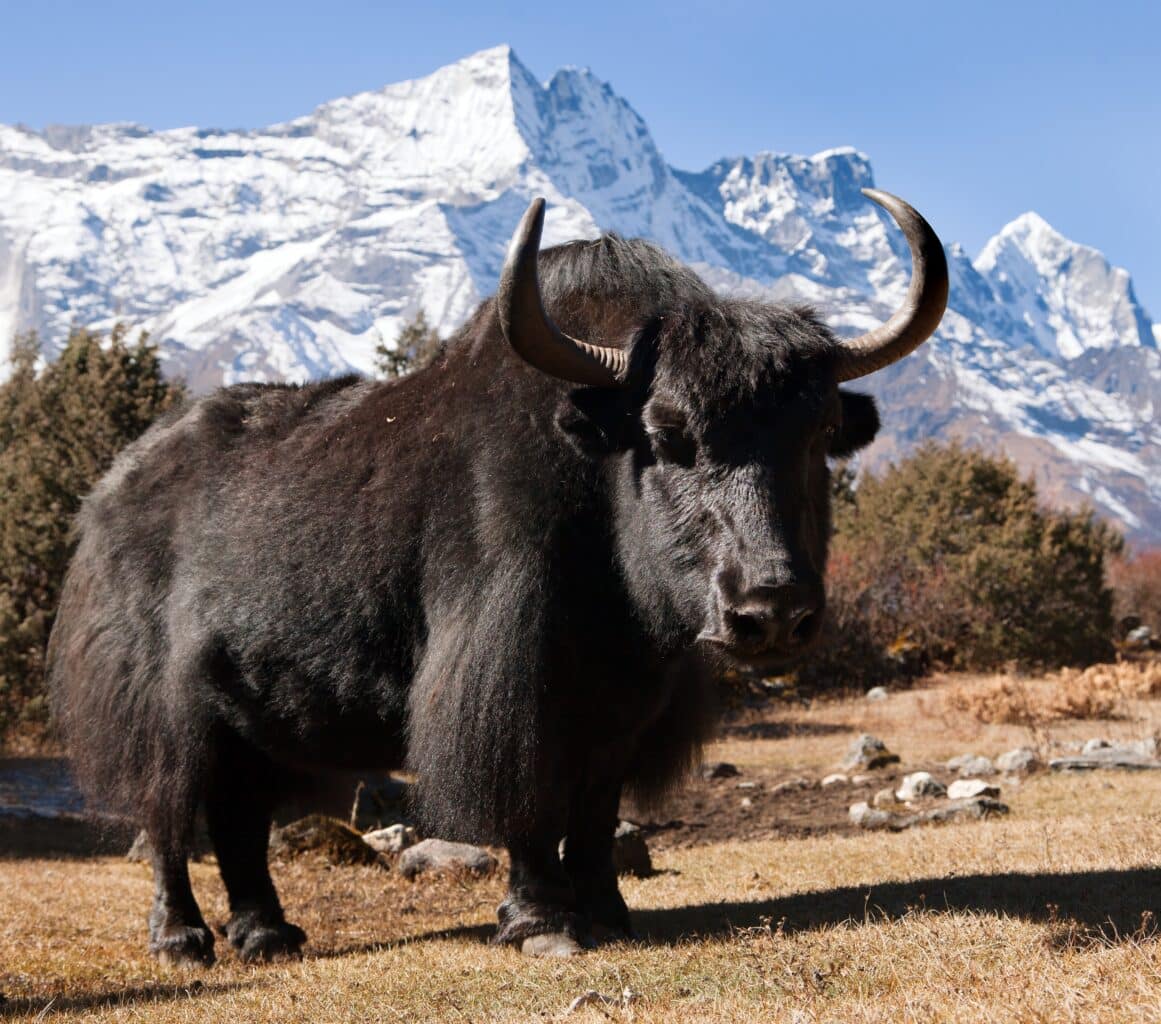
Yaks are native to the Himalayas, where they thrive in cold temperatures that can drop below -40°F (-40°C). Their thick woolly coats provide insulation against the cold.
6. Thorny Devil
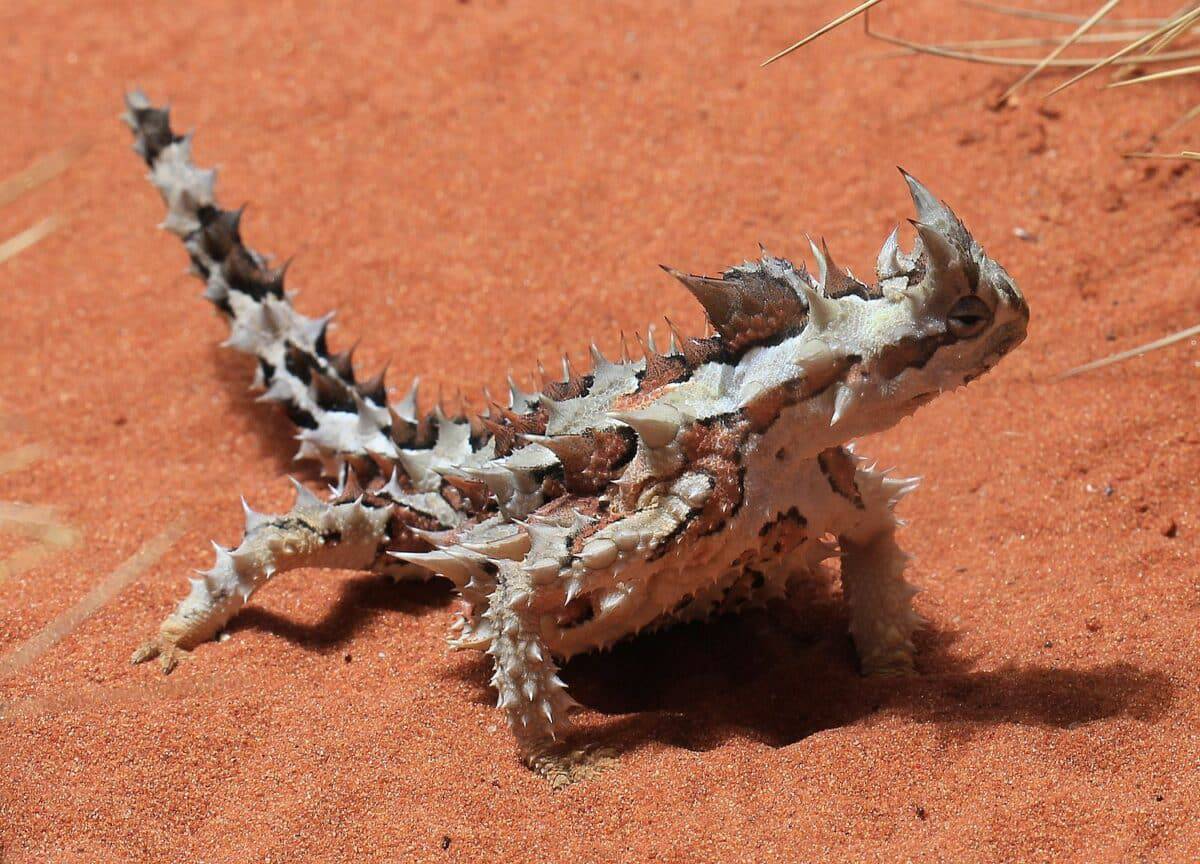
The thorny devil lives in the Australian outback, enduring temperatures over 100°F (38°C). It absorbs water through its skin from dew and rain.
7. Polar Bear

Polar bears are built for the Arctic cold, with a layer of fat and thick fur keeping them warm in temperatures as low as -40°F (-40°C). Their black skin absorbs heat from the sun.
8. Saharan Silver Ant
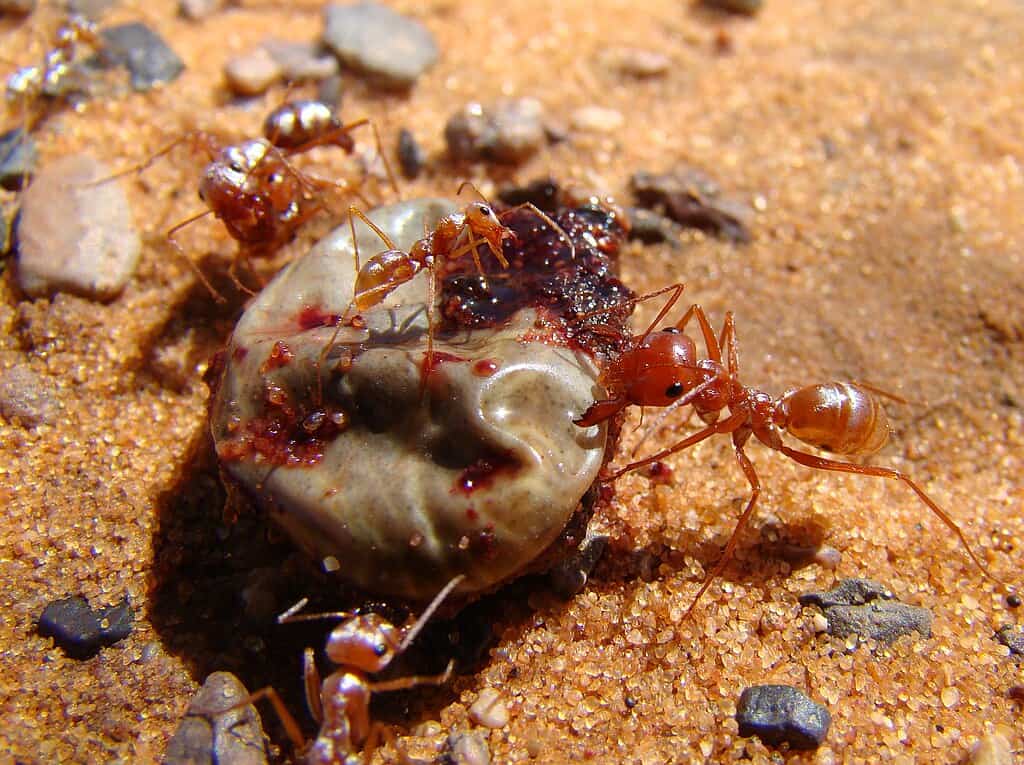
Saharan silver ants can tolerate some of the hottest temperatures on Earth, up to 128.5°F (53.6°C). They forage for food during the hottest part of the day when predators are least active.
9. Snow Leopard
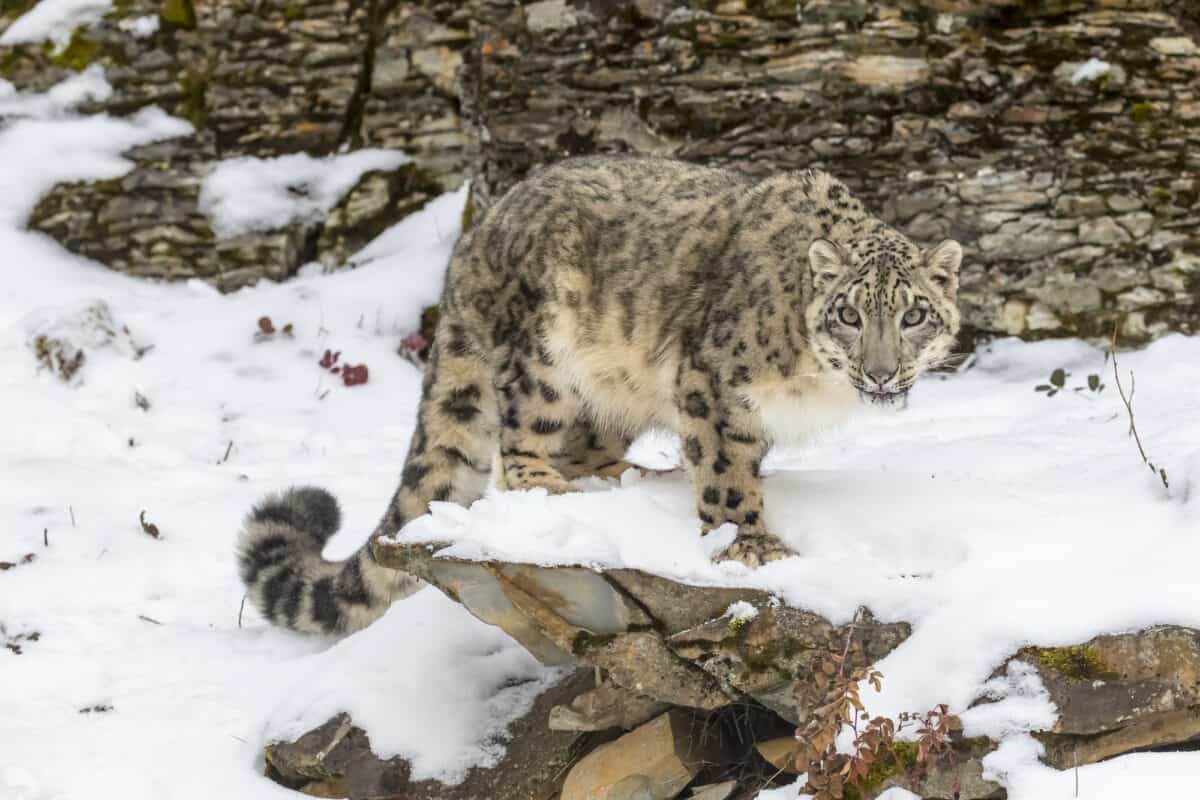
Snow leopards inhabit the cold mountainous regions of Central and South Asia, surviving temperatures as low as -30°F (-34°C). Their thick fur and long tails help them stay warm.
10. Camel

Camels are iconic desert dwellers, capable of withstanding temperatures over 120°F (49°C). They conserve water by producing highly concentrated urine and dry feces.
11. Wood Frog
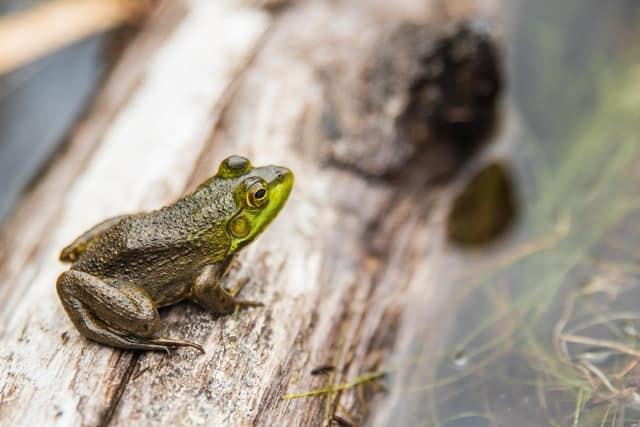
Wood frogs can survive freezing temperatures by entering a state of suspended animation. They produce antifreeze-like compounds that prevent ice from forming in their cells.
12. Gila Monster
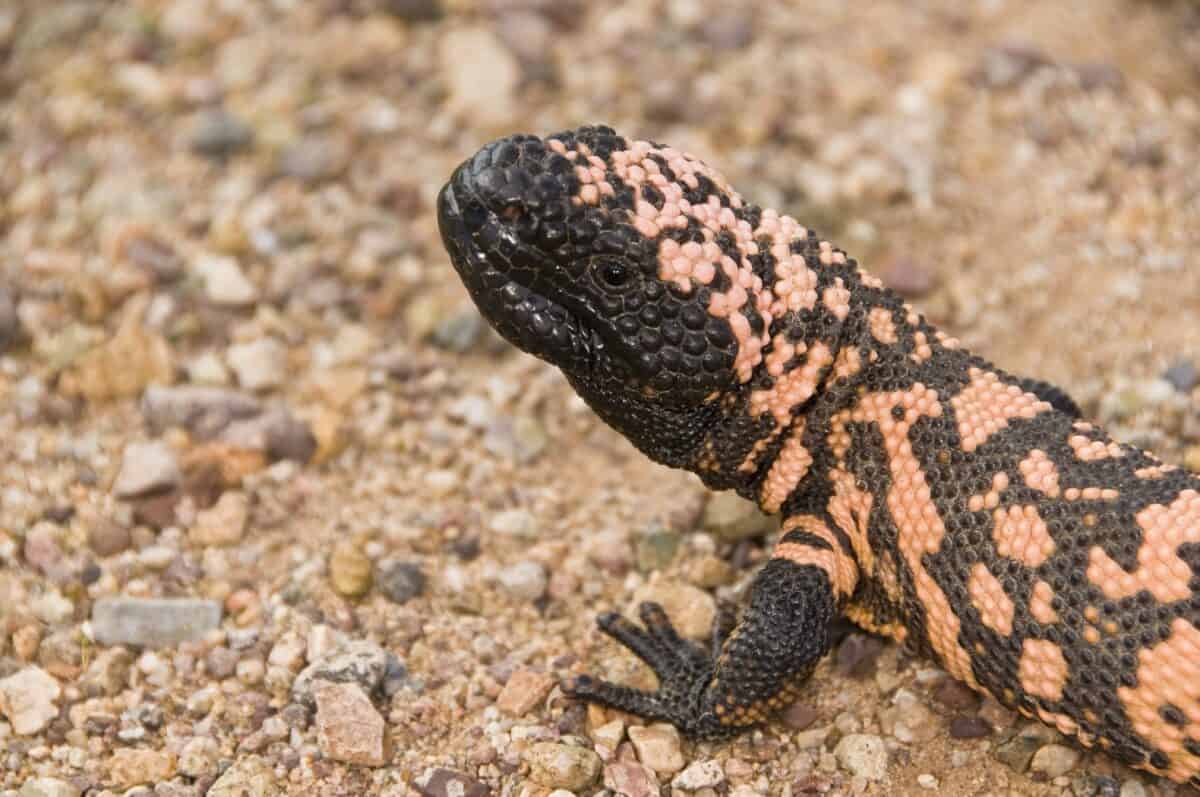
The Gila monster lives in the deserts of the southwestern United States and Mexico, enduring temperatures over 100°F (38°C). It spends much of its time in burrows to stay cool.
13. Reindeer
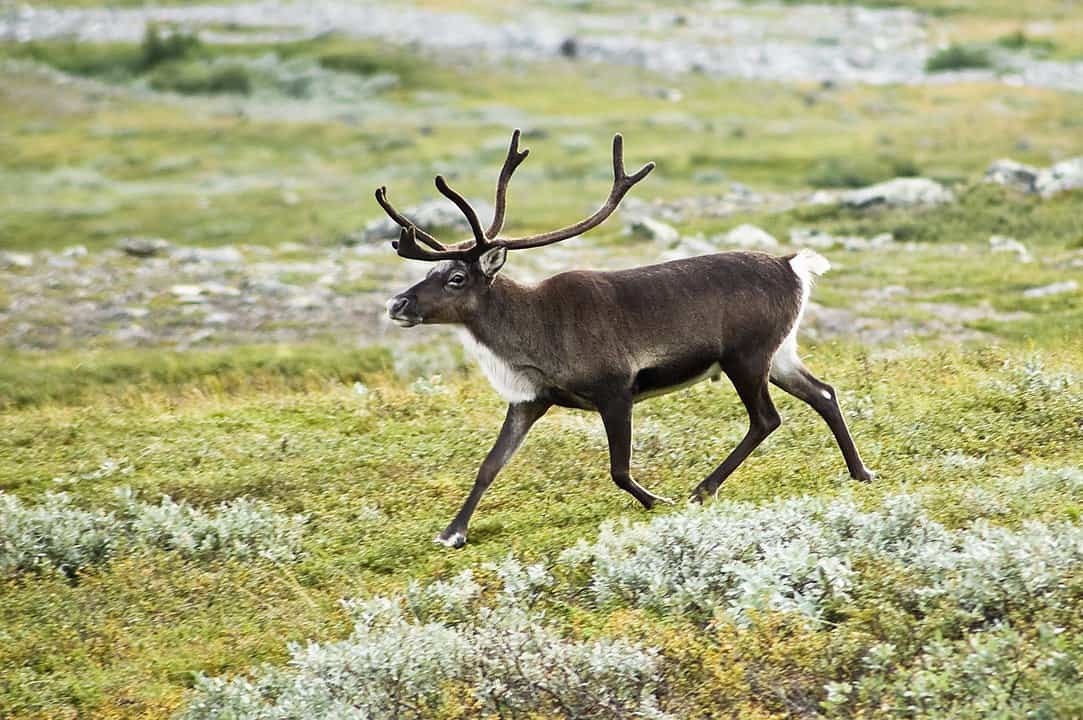
Reindeer, or caribou, thrive in the Arctic and subarctic regions, withstanding temperatures as low as -50°F (-45°C). Their hollow fur fibers provide excellent insulation.
14. Kangaroo Rat
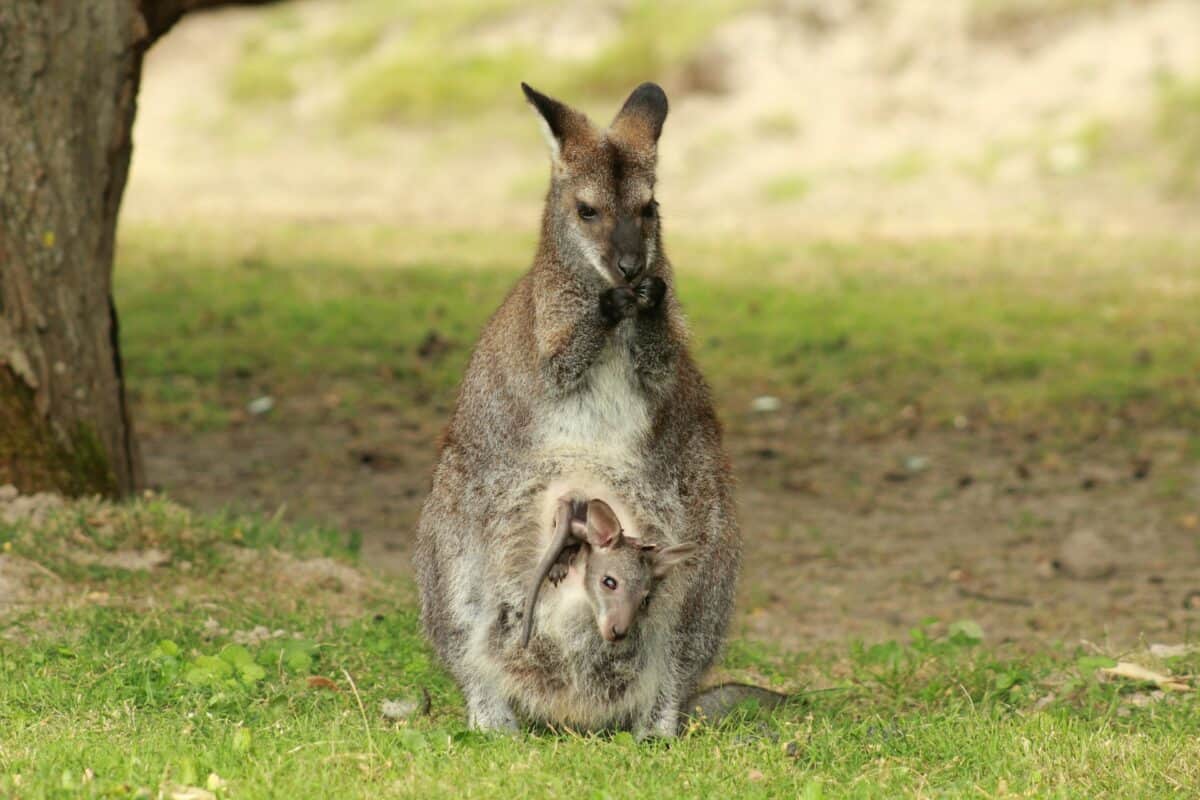
The kangaroo rat survives the hot, dry deserts of North America without drinking water. It gets moisture from the seeds it eats and conserves water through its efficient kidneys.
15. Weddell Seal

Weddell seals are found in Antarctica, where they endure temperatures below -40°F (-40°C). Their thick blubber layer insulates them from the cold, and they can hold their breath for long dives under the ice.
You may also like:
Join our Forum for free today!

- Surprise Hippo Attack on Three Lions - July 21, 2024
- USA’s Best Wildlife Conservation Success Stories - July 14, 2024
- The Incredible Bird with Sunflower Eyes - July 13, 2024

